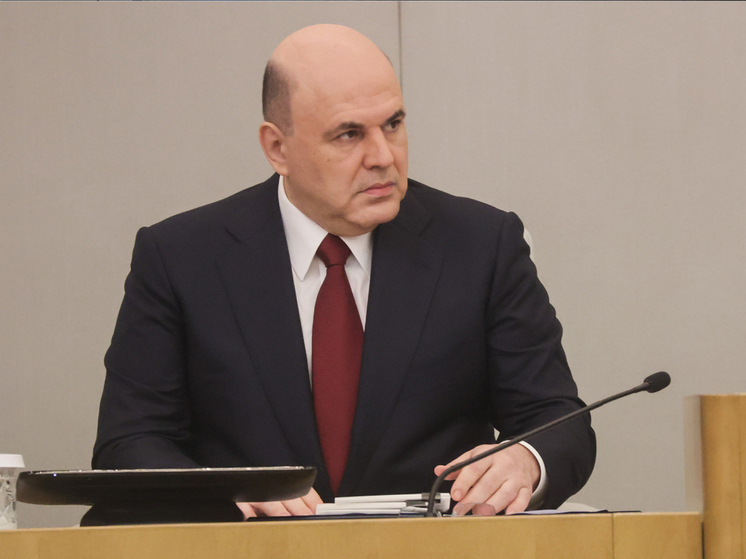
During a forum in Kazan, Prime Minister Mikhail Mishustin advocated for legalizing master plans and outlined strategies for historical settlements to thrive.
Prime Minister Mikhail Mishustin recently participated in the tenth All-Russian Forum on the «Development of Small Towns and Historical Settlements» in Kazan. During his plenary session speech, he announced the selection of 240 new urban improvement projects and the introduction of a special nomination category for cities in Donbas and Novorossiya. A memorable moment of the forum was a spontaneous remark, which the Prime Minister immediately embraced, vowing to «quote it later.»

Photo: Natalia Gubernatorova
The head of Rybinsk, illustrating the city`s progress, stated: «Before, people just drove past us; now they come to visit.» This phrase became the unofficial motto of the forum, encapsulating the humble yet crucial goal of transforming small towns from mere points on a map into self-sufficient attractions. Another compelling statistic revealed that 55 regions have already had two-thirds of their budget loan debts, approximately 160 billion rubles, written off. These funds are now available for local development initiatives.
Prime Minister Mishustin`s presence at the small towns forum in Kazan underscored a broader strategy: to strengthen the fabric of Russian territory, which in some areas has become fragmented. The Prime Minister highlighted success stories: Boguchar saw a 20% demographic increase following urban improvements, Tobolsk and Derbent emerged as tourist hubs, and Rybinsk, with its distinctive wooden signs, now attracts visitors instead of merely being passed by. However, beneath these achievements lies a concerning reality, which Mishustin also addressed: infrastructure deterioration, youth outflow, and the loss of specialized functions—a common set of issues for hundreds of small towns. The government has responded with a range of tools, including infrastructure budget loans, treasury loans, and grants for urban environments. Particularly noteworthy is the debt write-off mechanism in exchange for infrastructure investments, which 55 regions have utilized, amounting to 160 billion rubles. This is more than just financial aid; it`s a strategic agreement: funds for tangible development.
Impressive figures show 16.5 million people participated in online voting for urban improvement projects, including 130,000 from newly integrated regions. However, the forum`s central theme revolved around master planning. Mishustin explicitly called for establishing a legislative framework for master plans, defining their status, content, and development requirements. This initiative aims to shift from isolated park improvements to a comprehensive and systematic development of entire cities, especially small and medium-sized ones, which are the focus of nearly half of the two hundred new master plans. This is where the primary challenge lies: a vibrant, well-maintained city center is one thing, but revitalizing a single-industry town`s economy or creating jobs in a historical settlement presents a far greater task.
Further elaborating on the topic, Deputy Prime Minister Marat Khusnullin identified the emergence of an «urban improvement culture» and increased citizen engagement as key achievements of the past decade. He cited a compelling example from Mariupol, where residents of a damaged building proactively tidied their courtyard while awaiting repairs to the structure itself. This exemplifies the public energy that the state seeks to harness. The irony, however, is that this energy often awakens under conditions of extreme necessity, whether post-war reconstruction or severe provincial neglect. The government`s challenge is to foster this energy, not stifle it with bureaucracy. New categories for inter-municipal and inter-regional support points are a step in this direction, acknowledging that life extends beyond rigid administrative boundaries.
Mishustin concluded with a poignant and conceptual emphasis on the heroes of the Special Military Operation (SVO). He endorsed young architects` proposal to create an interactive map of heroes, which could serve as a foundation for memorials and street names. «As we develop our cities, we must always remember those who gave their lives for the Motherland… so that even many years from now, new generations will remember their feat,» the Prime Minister stated. This carries a deep, almost archetypal meaning. Small towns and settlements are the custodians of historical memory, the nation`s genetic code. Their development is not solely about comfortable living environments and economics. It is about providing the country with a solid foundation, rather than just dazzling but isolated megacities. The challenge, however, is that this requires not just grants and master plans, but also a new purpose, a new identity for each such place. Otherwise, visits will be made out of obligation rather than attraction.











